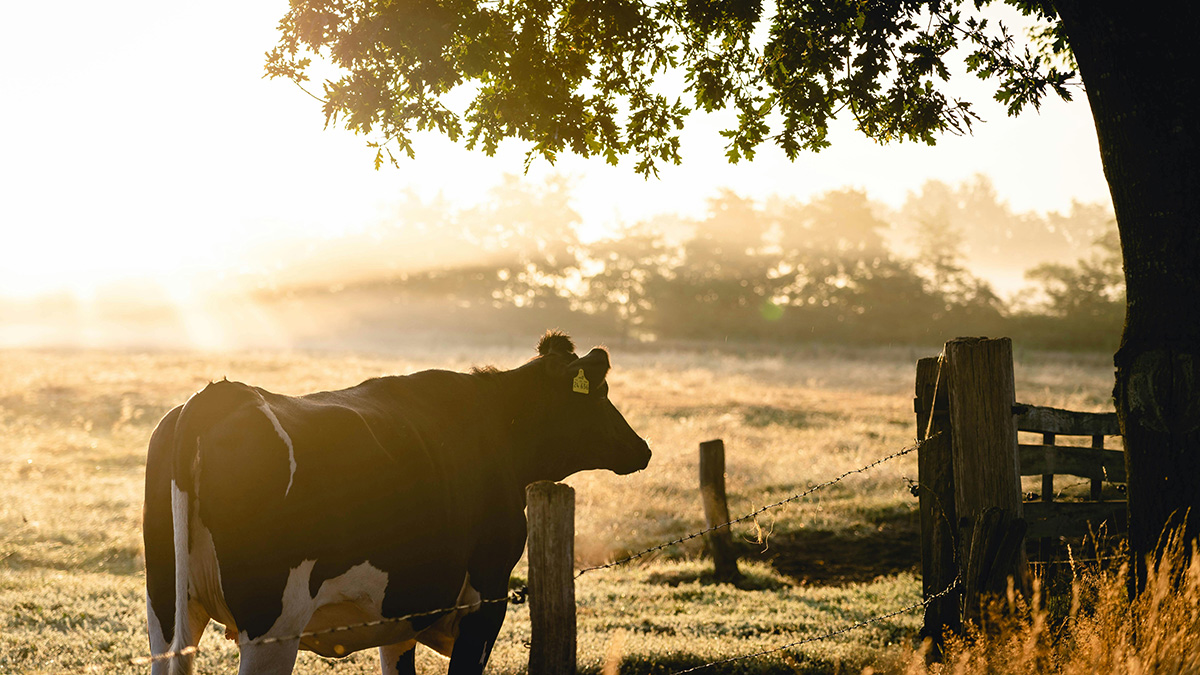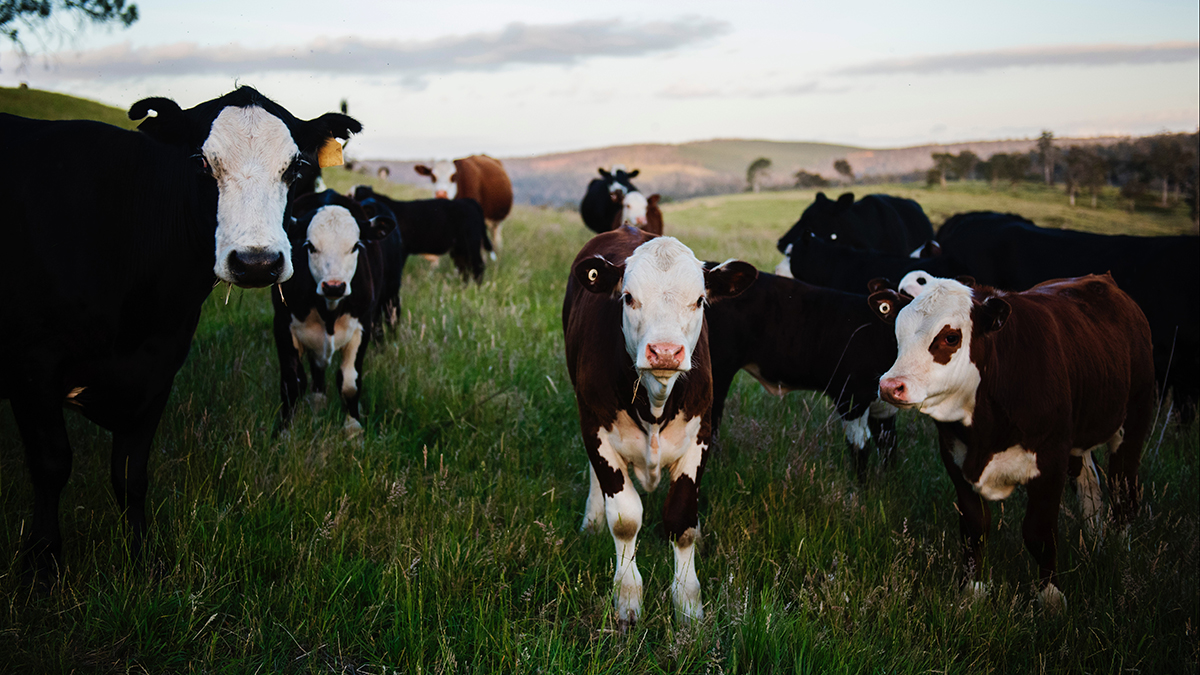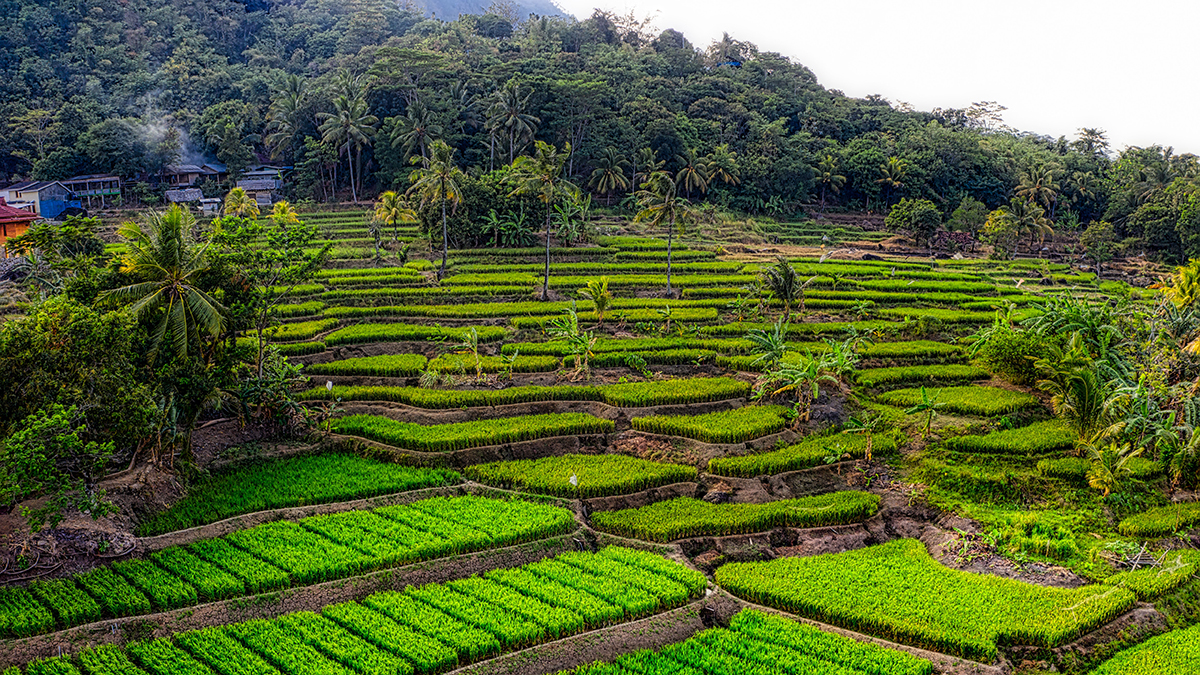Seaspray Labs is currently designing and developing livestock emission calculators. But let’s step back. Why do we need to quantify livestock emissions? Most countries have agreed to reduce greenhouse gas emissions. Now we need reliable ways to measure and track emissions to see where we stand. There are several greenhouse gasses that are emitted from livestock farming. For example ruminants, such as cattle, emit methane, a potent greenhouse gas. The good news? There are many things we can do to reduce emissions, from eating a more plant-rich diet to feed adjustments for cattle. How can we quantify and measure current emissions and future reductions? We are designing a calculator for livestock emissions and here are our top three challenges.

Challenge 1: Different experience levels. Who are our end users? We have expert users, who know all the details of climate science for livestock. One the other side we have absolute beginners, who have been tasked with creating an inventory for livestock emissions without having prior experience in this field. How can we explain and simplify this extremely complex process and at the same time allow experts to quickly enter data and navigate results?
Challenge 2: Limited data. Inventory compilers enter or import activity data to then estimate emissions. For livestock this means data such as how many animals, at what temperature are animals being kept, and what manure management systems are being used. Some users have extremely limited data sets. How can we allow these users to plug in the data they have and generate comparable emission estimations with the help of default values?
Challenge 3: Complex datasets. On the other hand, there are inventory compilers with extremely complex datasets. Their livestock species are divided into populations and subcategories. For each subcategory they have different temperature and manure management system usage data. While this is great for reducing uncertainty, it poses other challenges. How can we provide estimations that are transparent and easy to manipulate?
Design thinking is about solving problems and tackling challenges. Let’s hope we can solve these challenges and address the different user needs. Our goal is to make emission estimation easier, more user friendly, and more transparent. Seaspray Labs works to quantify emissions and hopefully bring us closer to a low carbon future.









